Today we conclude our four part series of travelogues to walk you through a total of 40 images from my 2015 Iceland Tour and Workshop with Tim Vollmer and our amazing group for this year.
We pick up the trail on September 29, as we headed over to Fjallsjökull. This is a glacier that you can get quite close to on a promontory on the other side of the lagoon. You may recall from a few weeks ago that I mentioned my decision to take my 100-400mm lens to Iceland instead of my 70-200mm lens. Although the 70-200mm lens is a great workhorse, I really enjoyed being able to zoom past 200mm, even for landscape work.
For this photo (below) I zoomed right in to 400mm to just capture the front edge of the glacier, and a slither of the water in the lagoon for context. Although the height of the pinnacles of ice are smaller, this really reminds me of Antarctica, which is amazing really when you consider how much cheaper it is to travel to Iceland.
My settings for this image were 1/80 of a second at f/11, ISO 400. As I mentioned last week, because we had a fair amount of wind, I was often choosing to increase my ISO to avoid low shutter speeds, so that I could reduce the risk of camera shake, even though I was using a good tripod. I didn’t do much to this image in post either. I just added +10 on the Clarity and Saturation sliders in Lightroom, to give the image a very slight boost.
The following day, September 30, we would drive all the way back to Reykjavik from Jökulsárlón, but I ensured that we had plenty of time to photograph two of my favourite waterfalls in Iceland, as we’ll see shortly. On the way though, we made another brief stop at Kálfafell, because there were some beautiful low clouds around the distinctive mountain, as we see in this photograph (below).
There was a good breeze on this day, so we didn’t have the mirror-like reflection that we saw in the image I shared in Part 3 of this series. Because of this, I decided to go a little wider, and include the near bank of the pond, and this of course enabled me to include more of the dramatic sky.
I was fairly undecided as to whether or not to go black and white with this image, but I finally decided on colour and brought out some of the detail and heavy sky with Color Efex Pro, because the original was a little bit flat. As we just jumped off the bus for a quick photo here, I was hand-holding for this shot, with a shutter speed of 1/100 of a second at f/14, ISO 200 and a focal length of 28mm.
After driving for a few more hours, we arrived at Skógafoss, which is the waterfall that probably played the largest part in me wanting to visit Iceland than any other location. Just looking at this photograph, it’s hard to believe that this is just a few minutes from a car park, and we always have to wait for a break in the crowds of people that flock here each day to not be in the scene, but if you are patient, you can get photographs like this (below) without people in the foreground.
On an overcast day like it was when we visited, if you put an ND8 neutral density filter on your lens, you can generally get a shutter speed of around half to one second with an aperture of f/14 at ISO 100. I shot this at 0.6 of a second. You always want to try to shoot waterfalls when it’s overcast, as direct sunlight on a waterfall makes it very contrasty, and in my opinion most of the beauty is lost then.
I converted this to black and white in Silver Efex Pro, and made the rock and green moss either side of the falls very dark, giving this look that I love for most of my Iceland waterfall images. The white specs that you can see on the cliff face are seagulls, which hopefully gives you a little bit of scale too. The falls are actually 25 metres (82 feet) wide with a drop of 60 m (200 ft), so they are quite a site to stand in front of.
The second waterfall that we’d photograph on this day is Seljalandsfoss, which is just a 10 minute drive from Skógafoss.
As we can see in this photograph (right) although the drop is the same at 60m, this is a more slender waterfall. I always think of Skógafoss as the sumo wrestler and Seljalandsfoss as the lady in a kimono, although that’s my Japanese influence sneaking in there of course.
One of the things that I love about this waterfall is that the wind easily catches the streams of water as they fall, so you get these beautiful curves in the water as it moves in the wind.
For this image, again shot with the ND8 attached to my lens, my shutter speed was 0.8 seconds at f/14, ISO 100.
Once again, I’ve made the sides of the falls very dark, although they are green in reality. I just much prefer this look, as it enables me to reduce the scene to almost black with the beautiful delicate streams of water and the cloud of mist that raises up from the pool at the bottom of the falls.
While we’re talking about this waterfall, I’d like to mention that two of my Iceland images from 2014, including one of these falls, are currently in a collection of prints available from a company called West Elm, who have tied up with Offset, the stock agency that I license my work through. You can see the collection and buy reasonably priced prints of any of the images at mbp.ac/westelm if you are interested.
Although photographically I prefer the front view, you can actually walk behind Seljalandsfoss for a view like the one we see in this photograph (right).
Again, I shot a number of images because of the way the water moves in the wind, and chose this one for the patterns that the water make as they hit the pool below the falls.
Also, if you look in the bottom left of this image, you’ll see a bridge over the stream leading from the falls. That’s where I stand for my main shot of these falls. It’s always fun though, because if anyone walks on the bridge during your exposure, it moves, ruining your shot, so you have to ensure that no one moves, and time your images when no tourists are about to walk on the bridge.
I also waited a while for most of the people walking up the bank in the bottom right of this shot to move out of the photo.
It’s important to note too that you are basically photographing in a shower at this point, with the spray coming off the falls falling right onto your camera and your lens.
With light spray or rain, I usually use my air blower to blow the droplets of water to the edge of my filter, but in this much spray, you have to wipe it. I also hold a cloth over the front of the lens as I wipe it, to stop more spray hitting it as I wipe, and I leave the cloth over the front of the lens until I am ready to actually make the exposure. In fact, I use a 2 second timer, and remove the cloth a split second before the time elapses, and this enables me to get shots without droplets on the filter, as those droplets will usually ruin your photo.
After spending an hour at Seljalandsfoss we continued our drive back to Reykjavik, for two more nights. On October 1, the last shooting day of the tour, we travelled north east of Reykjavik, to the small but very wide waterfall at Hraunfossar (below). This photo actually only shows a small percentage of the 900m wide series of falls as water flows from ledges of less porous rock in the lava field.
I’ve never liked my photos here when I go really wide, trying to include all of the falls, as the details are lost in a wide shot, so this photo (above) is about as wide as I personally like to go, at 50mm focal length. I used an ND8 here too for a 2.0 second exposure at f/11, ISO 100. It was raining at this point, so the sky was very dark giving me a good long exposure, even just with the ND8.
As you can see, this is one of the few places where there are enough small trees to actually enable the fall color to play a part in the image. This is one of the reasons that I time these tours for September, as well as the fact that most tourists have left by September as well. 🙂
I also used my 100-400mm lens at 100mm to zoom in and shoot more details, such as the angel that Tim Vollmer often points out to the group here (below). The shape of the water just to the left of centre looks a little bit like an angel with its head and wings spread.
I actually changed my ISO to 200 here, and to counter that, changed my shutter speed to 1 second, as that’s plenty to get the beautiful silky look in the water, and it also helped me to reduce the movement in the trees as they caught the wind, although I don’t dislike capturing that movement in my images either. I think it adds to the dynamism of the shot.
A few minutes walk upstream take you to Barnafoss, which we can see in this image (below). I shot longer focal lengths here too, like in previous years, but here I used the new Canon 11-24mm f/4 lens at 12mm to capture the entire flow of the water that can be seen from this spot, from when it enters view in the top right, down to where it flows out of view on the left.
Going wide here also enabled me to capture almost equal amounts of colour in all four corners of the image as well, which I quite like. This spot is quite popular with day trippers and school trips at this time of year too, because of the beautiful colour, so we had to be patient here too, waiting for the tourists that walk along the rocks in the top left to leave. I think I ended up cloning out one person for this particular image. This was also shot with a 1 second exposure at f/14, ISO 200.
We keep our eyes out for some nice Icelandic horses throughout the trip, and Tim generally know where there are some that are more friendly, or less shy, and we stopped to photograph some of these on our way back to Reykjavik after photographing the falls, as we can see here (below).
The difficulty with ad-hoc horse shoots in Iceland is that they usually come over very close to the wire fence around their enclosure, so you have to frame your shots in such a way as to not include the fence. That’s partly what I was doing here too, but this one grey horse that lifted its head up above the others for a moment caught my eye, so I couldn’t resist shooting this. I’m not sure exactly why, but I quite like this, despite it being a little bit busy, and I’ve cropped the nose off the brown horse to the right. Maybe it’s the waves formed by the various heads, with just the grey horse sticking his head up above the rest that appeals to me.
We’ll finish our 40 images that we’ve looked at over these four episodes with this last somewhat humorous shot of the horses, with the grey one sticking its tongue out at us. This was actually just part of a yawn, but there was a moment when the tongue was sticking out, which kind of makes me smile. 🙂
Under the heavily overcast sky, both of these images were shot at ISO 1600 to give me a shutter speed of 1/400 of a second with an aperture of f/8. I wanted a fast shutter speed as the horses were moving and their hair blowing around too, but also so that I could safely zoom in to 400mm if I needed to, without worry about camera movement as I was hand-holding.
This became our last shoot of the tour, so as is customary, on the bus on the way back to Reykjavik we recorded a brief message from each of the members of the group, which I’ll play you now. John, who starts off totally cracked us up reading his message from his iPhone screen. Take a listen…
[Listen to the recording with the player at the top of this post to hear what everyone said.]
What a brilliant group we had again this year!
Greenland 2016
Before we finish, I also wanted to mention that in addition to my 2016 Iceland Full Circle Tour, I have teamed up with Tim Vollmer for a new tour in Greenland, that promises to be pretty amazing!
We’ll be visiting the eastern side of Greenland with fjords and beautiful scenery, glaciers and huge icebergs which we’ll explore from boats and helicopters, and we’ll be on land too, shooting both the incredible scenery and a number of cultural experiences as we photograph the local people making kayaks and performing an Inuit Drum Dance. For details and to book your place, visit mbp.ac/greenland2016.
Show Notes
Details of our Greenland 2016 Tour and Workshop: https://mbp.ac/greenland2016
Details of Iceland 2016 Full Circle Tour and Workshop: https://mbp.ac/iceland2016
West Elm X Offset Print Collection: https://mbp.ac/westelm
Martin’s work on Offset: https://mbp.ac/offset
Martin’s Iceland Prints
 Subscribe in iTunes for Enhanced Podcasts delivered automatically to your computer.
Subscribe in iTunes for Enhanced Podcasts delivered automatically to your computer.
Download this Podcast in MP3 format (Audio Only).
Download this Podcast in Enhanced Podcast M4A format. This requires Apple iTunes or Quicktime to view/listen.

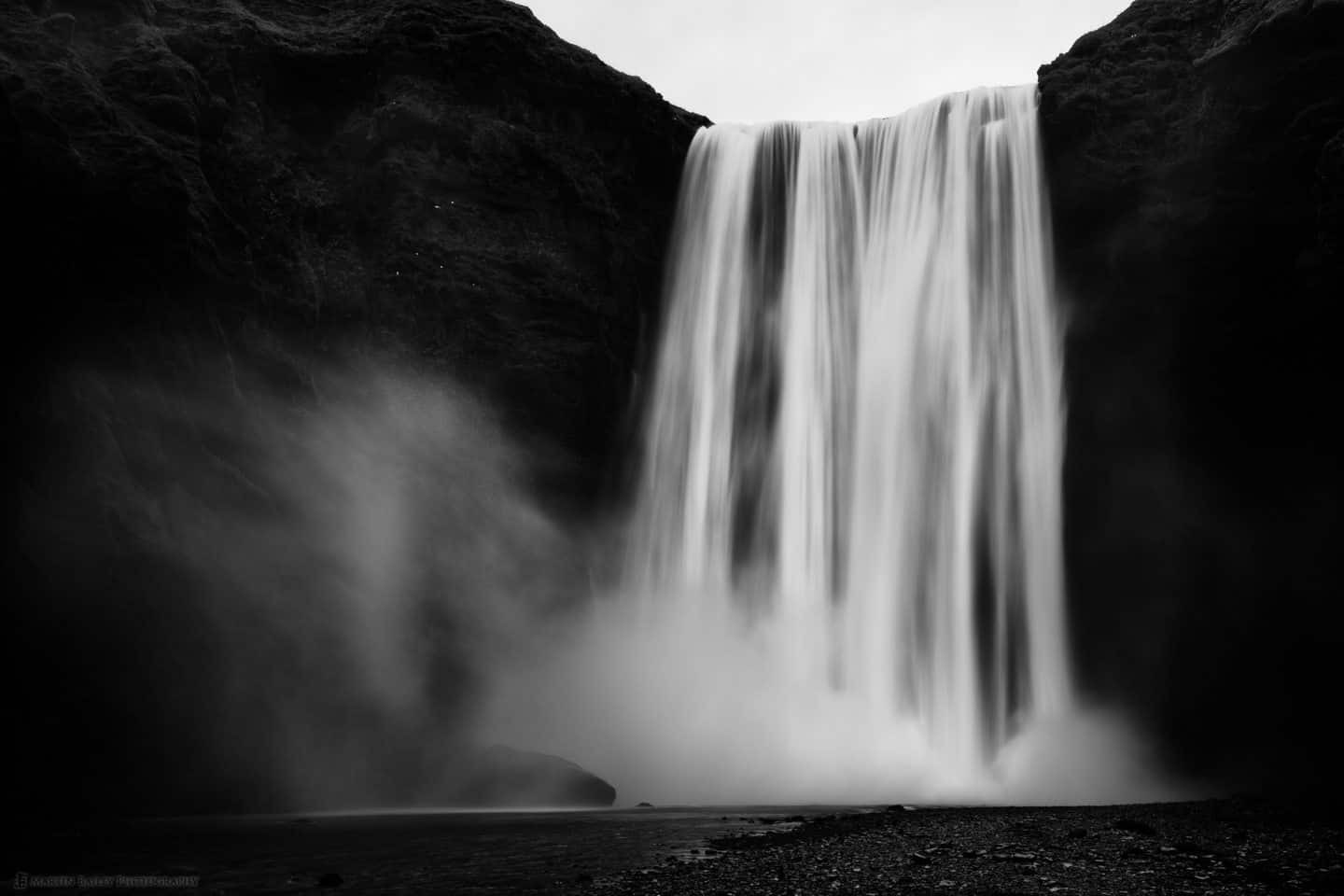
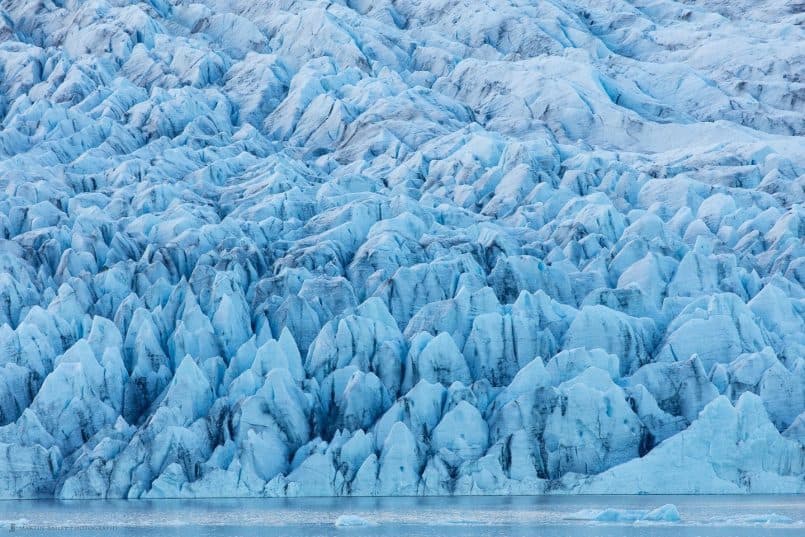
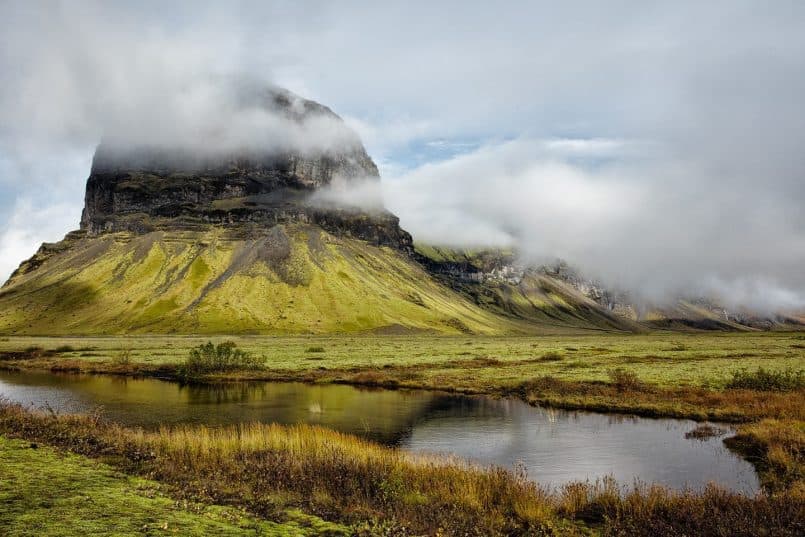
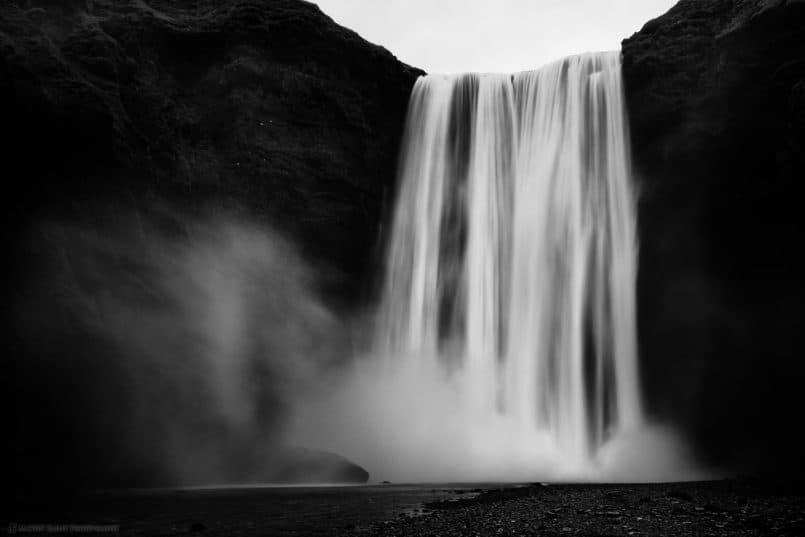
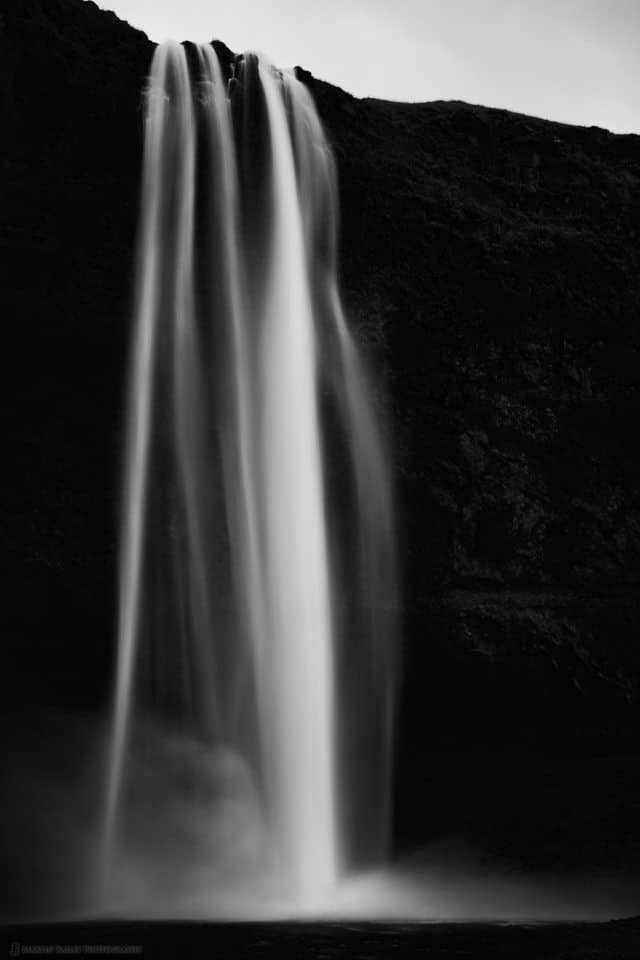

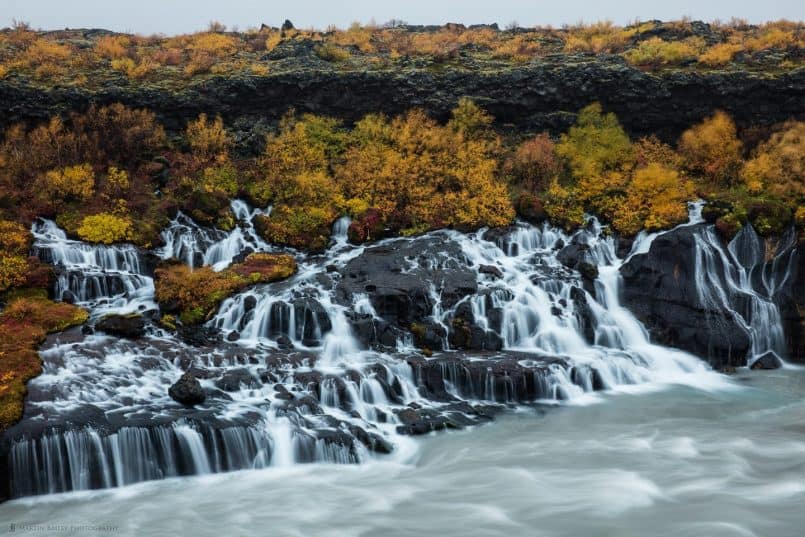
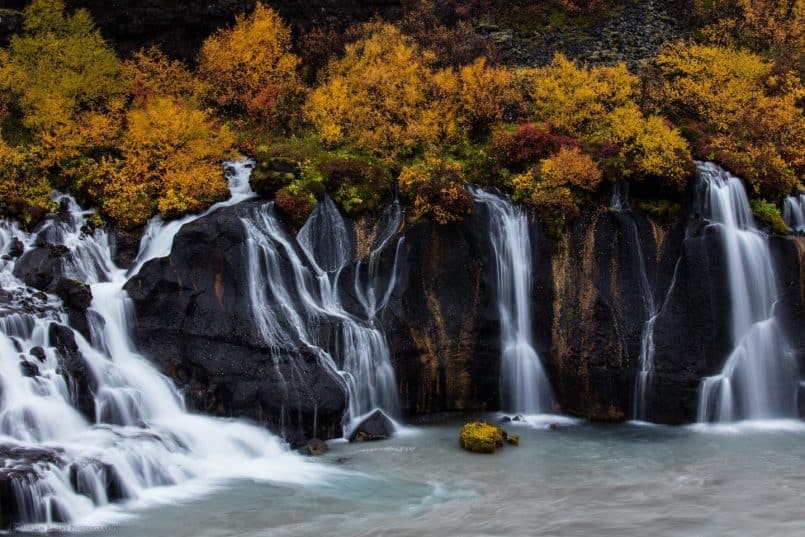
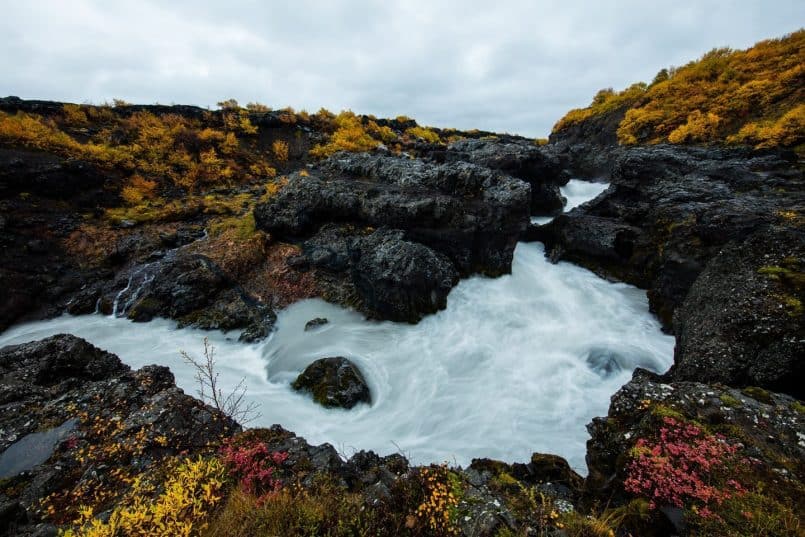
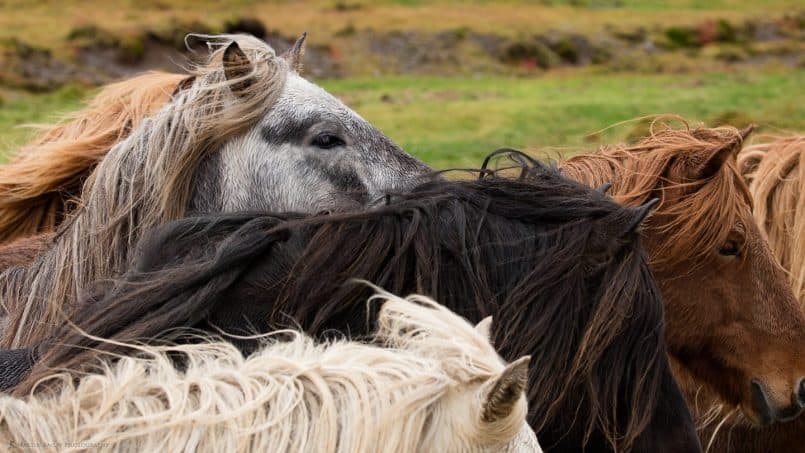
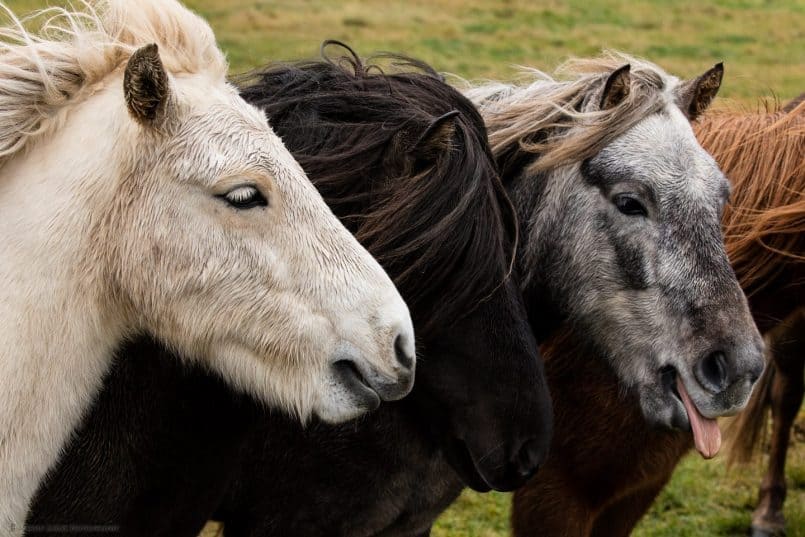
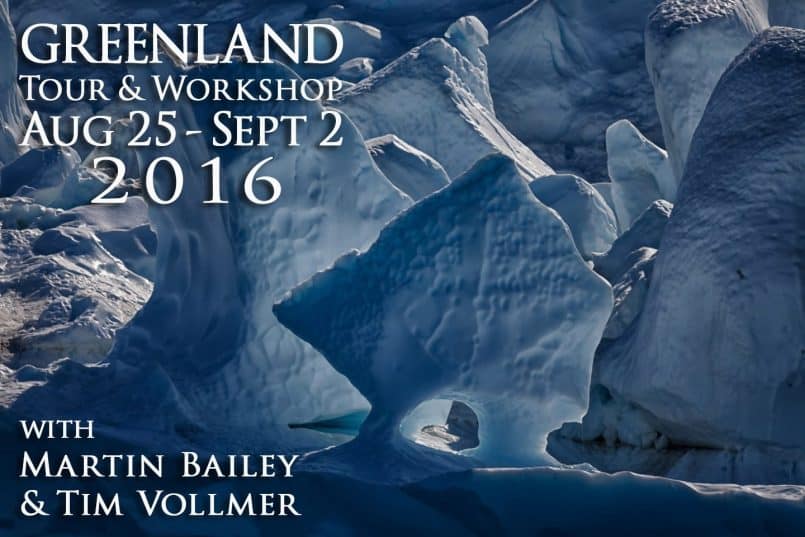

0 Comments